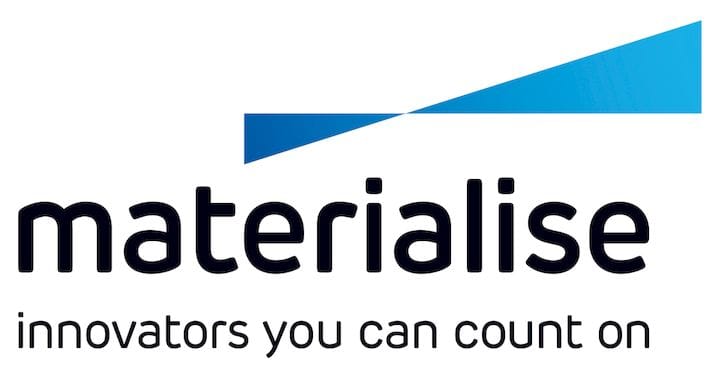![Materialise’s latest finanicals [Source: Materialise]](https://fabbaloo.com/wp-content/uploads/2020/05/materialiselogo_result_img_5eb09b6d70fcc.jpg)
Materialise announced their 2018 financial results and it’s looking very positive.
The Belgian company is actually one of the larger 3D print operations in the world, yet they don’t actually make and market 3D printers themselves. Instead they focus on a series of solutions that enable 3D printing and additive manufacturing to take place in a much more efficient manner.
Materialise is one of the very few publicly traded 3D printing companies in which anyone could invest. As such, they are obligated to periodically release their financial results, which anyone can examine, including us. Recently they issued their financial statements for the year 2018 and the results are quite interesting.
The highlight of their results certainly would be the fact that their revenue increased almost 30% to €185M (US$209M). That’s a very substantial increase. Additionally their EBITDA (earnings before interest, tax, depreciation and amortization) increased a massive 61%.
Their net profit for 2018 was in fact €3M (US$3.4M), which translates to €0.06 (US$0.07) per share. This is significant because in the previous year, 2017, Materialise suffered a loss of over €2M (US$2.3M). In other words, the company has turned the corner and now seems to be profitable. This is quite different than certain other major publicly traded 3D printing companies, which still are suffering ongoing losses.
But how is Materialise doing this? Let’s take a look at their different lines of business to see what’s happened.
They report their software segment’ revenue decreased 4.1%. This is interesting because this is their traditional strength area, where they provide a series of sophisticated software solutions for managing 3D print operations.
They report revenue from their manufacturing segment increased 49%. This is also one of their traditional strengths, as they provide a series of highly unusual 3D printing options that few others can match. It seems this segment is growing very well.
Finally, revenue from their medical segment increased 22%. That’s extremely strong growth for such a large company, and this segment is slowly growing to meet even their manufacturing revenues. We can see clearly where their success lies.
I’m quite interested in this last point because it seems to show that Materialise has bumped into a very profitable market: medical. This is not the first time a 3D printing company has suddenly become much more successful by latching on to a particular market segment, and clearly this is a very valuable approach for the company.
I am reminded of a similar phenomenon happening in 3D Systems, where they’ve dramatically expanded their medical products as well. While 3D Systems provides equipment as well as software, it seems clear that the medical market is quite interested in 3D technology. Now is the time for companies to capitalize on that interest, and clearly Materialise is doing so.
Materialise also reports they increased their research and development, sales and marketing, and administrative expenses by over 11%. While every company must do sales, marketing and administration, one of the key differences in those companies that succeed and those that don’t is the amount spent on research and development.
If you look at their financial report in detail you can see that the company spent €22M (US$25M) on research and development in 2018. That’s a very significant amount of money comparable to the larger companies in the space. No doubt some of that money, perhaps even a great deal, is being spent to further their medical offerings.
Via Materialise











A blog post reveals much of what happens behind the scenes at 3D print service Shapeways.